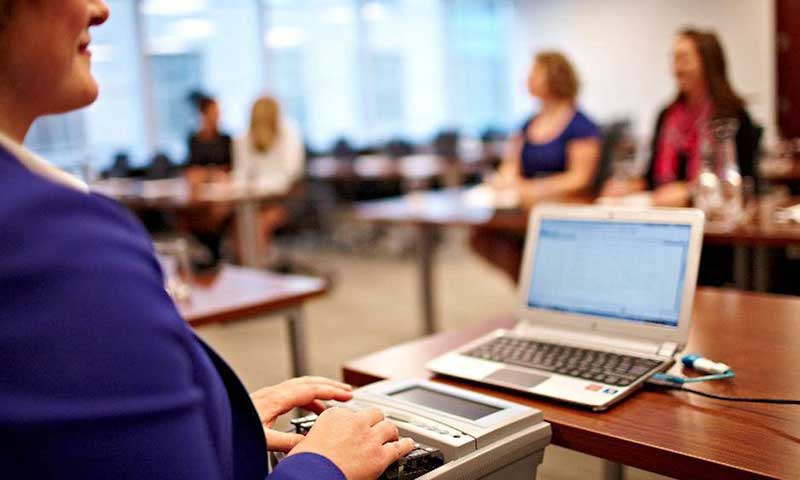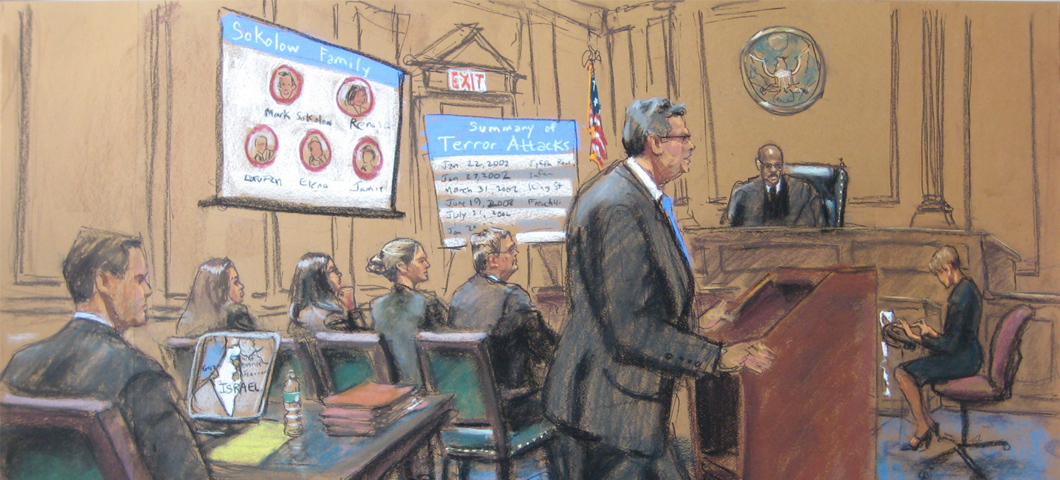Trial Presentation Preferred Professionals for Legal Visuals and Graphics
Wiki Article
Mesmerize the Jury: Crucial Components of a Powerful Test Presentation
Essential components such as understanding the audience, crafting an engaging narrative, and grasping verbal and non-verbal interaction are important parts of an efficient discussion. As these factors intertwine, they create a natural method that not only notifies but additionally engages jurors on several degrees.
Understanding Your Audience
Recognizing your audience is a critical facet of efficient test discussion. A successful presentation rests on the capability to comprehend the demographics, values, and predispositions of jurors. This comprehension notifies exactly how debates are mounted, proof is offered, and psychological charms are crafted, ensuring that the message resonates with the jurors on a personal level.Research shows that jurors come from varied backgrounds and may have varying degrees of comprehending relating to legal proceedings. In addition, comprehending the jurors' prospective biases and life experiences allows the test presenter to anticipate arguments and address worries proactively.
Reliable test presentation additionally involves observing jurors' responses throughout the procedures. Involving with jurors as individuals instead than a cumulative system is crucial in promoting a solid connection in the court.

Crafting an Engaging Narrative
Crafting an engaging narrative is essential in leading jurors with the complexities of a situation. A well-structured narrative not just simplifies complex legal principles however additionally engages jurors on a psychological level, making the details a lot more relatable and memorable.This message needs to resonate with the jurors' worths and experiences, cultivating a connection that goes beyond mere truths. This chronological method can help jurors adhere to the progression of events, highlighting cause and impact.
Incorporating human aspects-- such as individual stories or stories-- can additionally enhance the narrative's effect. These elements evoke compassion, allowing jurors to picture the effects of the case on actual lives. In addition, employing a constant motif throughout the discussion enhances the main disagreement, making it much easier for jurors to preserve critical points.
Ultimately, a compelling narrative transforms a trial presentation from a simple recounting of realities into a convincing tale that astounds the court, encouraging them to deliberate with both reason and emotion.
Utilizing Visual Help
Incorporating visual help right into a test discussion can substantially improve jurors' comprehension and retention of information. Aesthetic materials such as charts, layouts, photos, and videos can change complex legal concepts and proof into easily absorbable styles. By engaging numerous detects, these aids permit jurors to picture the situation's crucial elements, making it less complicated for them to comply with along and understand detailed information.
Furthermore, properly designed aesthetic aids can stress crucial points and highlight relationships in between different items of evidence. Timelines can effectively show the sequence of occasions, while annotated images can clear up specific information relevant to the instance. This not only help in understanding but additionally reinforces the story presented by the lawyer.
It is vital, nonetheless, to make sure that aesthetic aids matter, clear, and expertly pop over to this web-site offered. Overly complex or messy visuals may overwhelm jurors and diminish the message. When used judiciously, aesthetic aids offer to complement the dental disagreements and enhance the general impact of the trial discussion. Ultimately, reliable aesthetic communication can be an effective tool in convincing jurors and aiding them reach notified verdicts.
Grasping Verbal Interaction
Reliable spoken interaction is essential in a test discussion, as it functions as the key means whereby lawyers share their debates and connect with jurors. Mastering this skill includes clearness, persuasion, and involvement. Attorneys should verbalize their points plainly and briefly, preventing lawful lingo that may confuse jurors. Simplicity in language promotes understanding and aids jurors grasp intricate concerns provided during the trial.Furthermore, tone and pacing considerably impact how messages are received. A confident tone conveys authority, while appropriate pacing allows jurors to absorb details without really feeling overwhelmed. Attorneys ought to also differ their vocal inflections to highlight bottom lines and maintain jurors' interest throughout the discussion.
Additionally, the organization of verbal disagreements is vital. Structuring the narrative rationally and coherently assists jurors adhere to the lawyer's logic, making it much easier for them to preserve essential information. Using influential strategies, such as narration, can also boost the psychological resonance of the debates presented, consequently producing a much more profound link with jurors.
Eventually, understanding spoken communication not just enhances a lawyer's situation yet likewise promotes count on and rapport with the court, dramatically improving the possibilities of a beneficial judgment.

Involving With Body Movement
Nonverbal communication plays a vital duty in test discussions, typically conveying messages that words alone can not reveal. Body language, incorporating gestures, stance, faces, and eye call, substantially influences exactly how jurors perceive the reputation and sincerity of the speaker. A confident position, with shoulders back and an open posture, can impart trust, while closed-off body movement might suggest defensiveness or unpredictability.
Facial expressions ought to reflect the feelings connected with the instance, strengthening the story being provided. For instance, a genuine expression throughout a touching minute can generate compassion and strengthen the sob story. Inevitably, mastering body movement is vital for effective trial discussions, as it enhances spoken interaction and establishes an engaging visibility that resonates with the jury.
Verdict
Finally, astounding the jury demands a tactical technique that includes recognizing the audience, crafting an engaging narrative, utilizing aesthetic aids, Look At This grasping spoken communication, and involving via body language. Each component plays a critical function in creating a powerful test presentation that reverberates with jurors on both emotional and intellectual degrees (trial presentation). By incorporating these components successfully, lawyers can considerably enhance their ability to encourage and affect jury decision-makingReport this wiki page